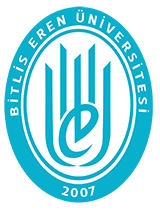| dc.description.abstract | Carbon fiber-reinforced plastics (CFRP) are extensively utilized in the aerospace, automotive, and sporting goods industries, where the combination of lightness and high strength is crucial. Conventional milling is a prevalent technique for obtaining the final dimensions and removing excess parts of CFRP components produced with different manufacturing methods. However, many damages occur during the mechanical machining of composites and these damages negatively affect the quality and service life of the composite part. The present study investigates the effects of utilizing different tool paths and end mills with varying geometries on cutting forces and machined surface quality in the side milling operation of CFRP. Results indicated that employing sinusoidal tool paths during side milling is a successful approach for reducing cutting forces and improving surface finish. On the other hand, the multi-flute performed best regarding cutting forces, whereas the 4-flute tool proved superior in obtaining better surface quality. | tr_TR |














